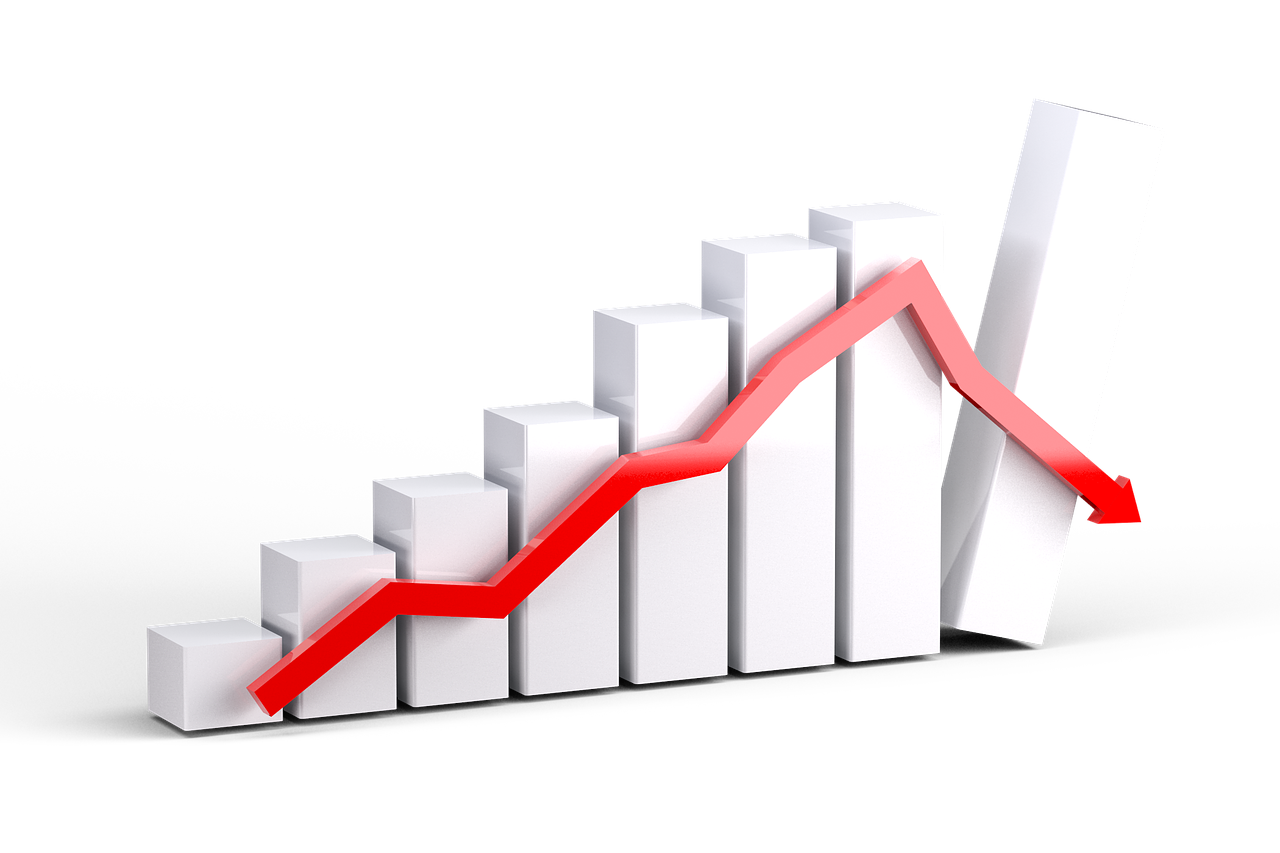The focus on male hiring has taken a shift. In recent years we’ve witnessed heightened attention to gender-based issues, with movements across almost every industry imaginable to make the workplace a fair and equal environment for all individuals. The finance industry is no different – women, joined by their male colleagues, are advocating to close the gender gap and bring diversity to the finance function.
According to the World Economic Forum’s global gender gap report, “female talent remains one of the most under-utilized business resources.” It may take another 217 years to close the economic gender gap globally if we remain at the current pace of equality. Nearly a century since International Women’s Day was first observed, we still find that some of the top companies are paying their women half as much as men. A major contributing factor to this disparity is that there is a much higher contingent of men than women in senior roles. In some industries, like finance, this is especially clear.
General Motors recently announced its new female CFO and now occupies a rare place boasting a female CFO and CEO. Only 23 companies in the Fortune 500 have a female CEO and Hershey is the only other company on that list that has women in both CEO and CFO slots. Perhaps if more women rise to hold senior roles, we’ll start to see a reduction in pay disparity.
The role of finance is already in a period of dense transformation. CFOs are evolving from traditional number crunching to serving as strategic partners to their CEOs and boards, while also adopting advanced technologies as part of the increasingly intelligent enterprise. It’s important to take advantage of this transformative time and ensure that while we’re focused on upskilling the profession, we bring women along for the ride.
Inspiring Young Women Through Education
Gender diversity is good for the bottom line. Credit Suisse found that companies where women make up at least 15 percent of senior managers had more than 50 percent higher profitability than those where female representation was less than 10 percent. So how do we entice more women to enter the profession and eventually penetrate the upper echelon of finance? It all starts with education.
The PEW Research Center found that the academic achievement of U.S. students still lags their peers in many other counties. This is especially true in math, where the United States ranks 38th out of 71 countries. It’s critical that youth have a solid understanding of math, as well as the financial literacy to promote fiscal responsibility of their own wealth. Without a strong foundation to build upon, the battle to encourage young women to pursue careers in finance is lost before it’s begun. The earlier we can help students feel proficient in finance, the wider their career opportunities will be down the road. In fact, it was my own high school accounting class that ignited my passion for finance and set me on the path to become a CFO.
Cultivating an Unbiased Corporate Culture
There is peer-reviewed evidence that, when women do have the relevant academic and technology skills, unconscious biases can influence their peers’ recognition of their capabilities. While gender bias is most often thought of as scenarios where women are assumed to be weak, emotional or unqualified, there are many forms of unconscious bias. For example, the very way financial job descriptions are written, key words may resonate more with men than with women because they are being written by/for a male audience. This small inflection in tone could be the difference between a woman being excited or uncomfortable about pursuing a job opening in finance.
While the world has made progress on the journey to inclusion, there’s more to be done. Unconscious bias and lack of gender diversity hold organizations back. Diversity and inclusion are no longer optional, they are business imperatives. Imagine a world beyond bias, where diverse genders participate fully in an inclusive, modern workforce for the digital era. This is an idea that can become a reality.
Company culture plays an important role in closing the gender gap. The first step starts with the very first impression of a new hire, eliminating bias from across all human resource processes. For instance, machine learning technology can help organizations detect and prevent gender-biased language in job descriptions, and prevent bias during the promotion process by eliminating names and photos, opening the runway for women to climb the corporate finance ladder.
Setting Expectations Through Accountability
By combining education with a positive corporate culture that values diversity and inclusion, corporations must then hold themselves accountable for carrying out that mission. To support corporations in doing just this, the United Nations (UN) has created a global initiative of 17 goals to achieve a more sustainable future and has invited companies across the world to join them in this charter. Of these, one goal is dedicated to helping reach gender equality for women.
Closing the gender gap and championing women in finance has become a policy of many companies, including SAP. In an effort to improve gender diversity, SAP made a commitment to increase the number of women in management from 18 percent to 25 percent by the end of 2017. The Company surpassed that goal ahead of deadline and has challenged itself by setting an even higher goal by 2022. It is through this larger network of female leaders that we can usher in the next generation of women in finance. After all, a rising tide lifts all boats.
Gender diversity is fundamental to how businesses thrive. Ensuring the full development and appropriate deployment of half of the world’s total talent pool has a major impact on the growth, competitiveness and readiness of companies across the globe. The time for change is now: early education, eliminating bias, setting benchmarks to ensure accountability will allow a 50:50 representation of men and women actively working together to move the needle.
==========
Eman Goubran is CFO of SAP MENA (Middle East and North Africa), where she manages all aspects related to the financial health of the organization, including treasury, finance, legal, accounting,budgeting and administrative functions. She is a member of the Member of the Institute of Chartered Professional Accountants of Ontario, Canada and holds a CPA credential in Illinois, where she graduated from the University of Illinois with a BA in Commerce and Business Administration.
Thanks for reading CPA Practice Advisor!
Subscribe Already registered? Log In
Need more information? Read the FAQs




